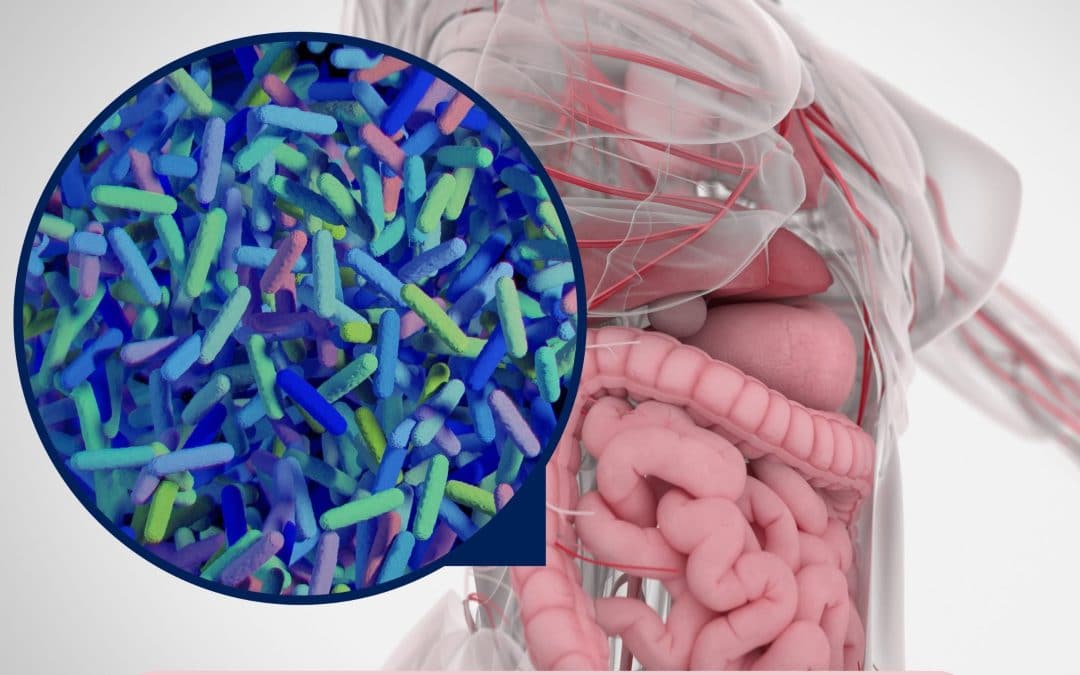INFORMATION OVERLOAD
Are you confused by all the testing available by different doctors and functional practitioners to investigate your root cause?
My patients/clients that come to me for help send me countless tests that their doctors have run to investigate their root cause. The problem is, some of them are often not providing the right clues, and are simply a waste of money! You can easily spends thousands of dollars on testing and not have a remote idea what your root cause is!
I find that completely not necessary. That is why I have narrowed down my testing to just a handful that give you the biggest bang for your buck!
I have tried different stool tests such as GI-Map, BIOHM, Ubiome, GI-effects, and although they all provide good information, I felt they were only giving a partial picture due to their sequencing technology. I just felt they weren’t helping me point out their root cause in depth.
Introducing …..
In this video, I go over my new favorite stool test; BiomeFX!
So why do I love this test so much there’s so many stool tests out there? I happen to gravitate towards this one and why is that well it’s all based on the distinction between the two types of sequencing technologies that exist. One is called 16s ribosomal RNA sequencing and the other is called whole genome sequencing.
16s vs. whole genome sequencing
16s RNA16x ribosomal RNA sequencing, which is what the vast majority of stool tests use, is limited. How it works is it uses 6-8 variable regions of the bacteria’s DNA ,and if you find them if you find two or three or four you might put them together and say “okay this is likely a bacteria”.
The analogy is often for example if you look at somebody’s elbow and their knee and their chin you might think that that might be the whole picture of somebody but in reality you really didn’t get the whole analysis of what that person is.
Now whole genome sequencing means in order to identify bacteria we have to look at the entire DNA sequence. I felt that this was the missing piece to helping to help get a better picture of the patient’s root cause. We know that the gut plays a very important role in health. In fact 70% of your immune system resides in your gut.
16s technology is also very cheap to run. And it’s probably the main reason why most of these companies still use it because you can run it for 20-30 dollars a sample versus the whole genome, which is still more expensive because the technology is newer and it requires a lot more to do.
What information does this test provide?
In this video, I review some of the main features of this test.
This includes:
- Gut microbiome index
- Alpha and Beta diversity
- Resistome Index
- Pathogen Control Index
- Keystone species composition
- Firmicutes: Bacteriodetes ratio
- Protebacteria: Actinobacteria ratio
- Prevotella: Bacteroides ratio
- Saccharolytic fermentation
- Short chain fatty acid production
- Lactate production
- Proteolytic fermentation
- Histamine
- Phenols
- Ammonia
- Sulfate-reducing bacteria
- Methane producing bacteria
- GABA
- Glutathione
- Indole
- Estrogen recycling
- Vitamins
As you can see, this test can be a very useful tool!
However, before you jump to get this test, a little disclaimer. This is a functional analysis of the gut microbiome and it’s only intended for educational purposes and not to be used for diagnostic purposes. Microbiome research is still in its infancy so we encourage you to think of this report as a piece of the puzzle rather than an answer sheet.
If you would like to learn more about how to order this test, contact me here.
For a full Root Cause evaluation, schedule a Discovery call to learn if we are a good fit to build a health partnership.

